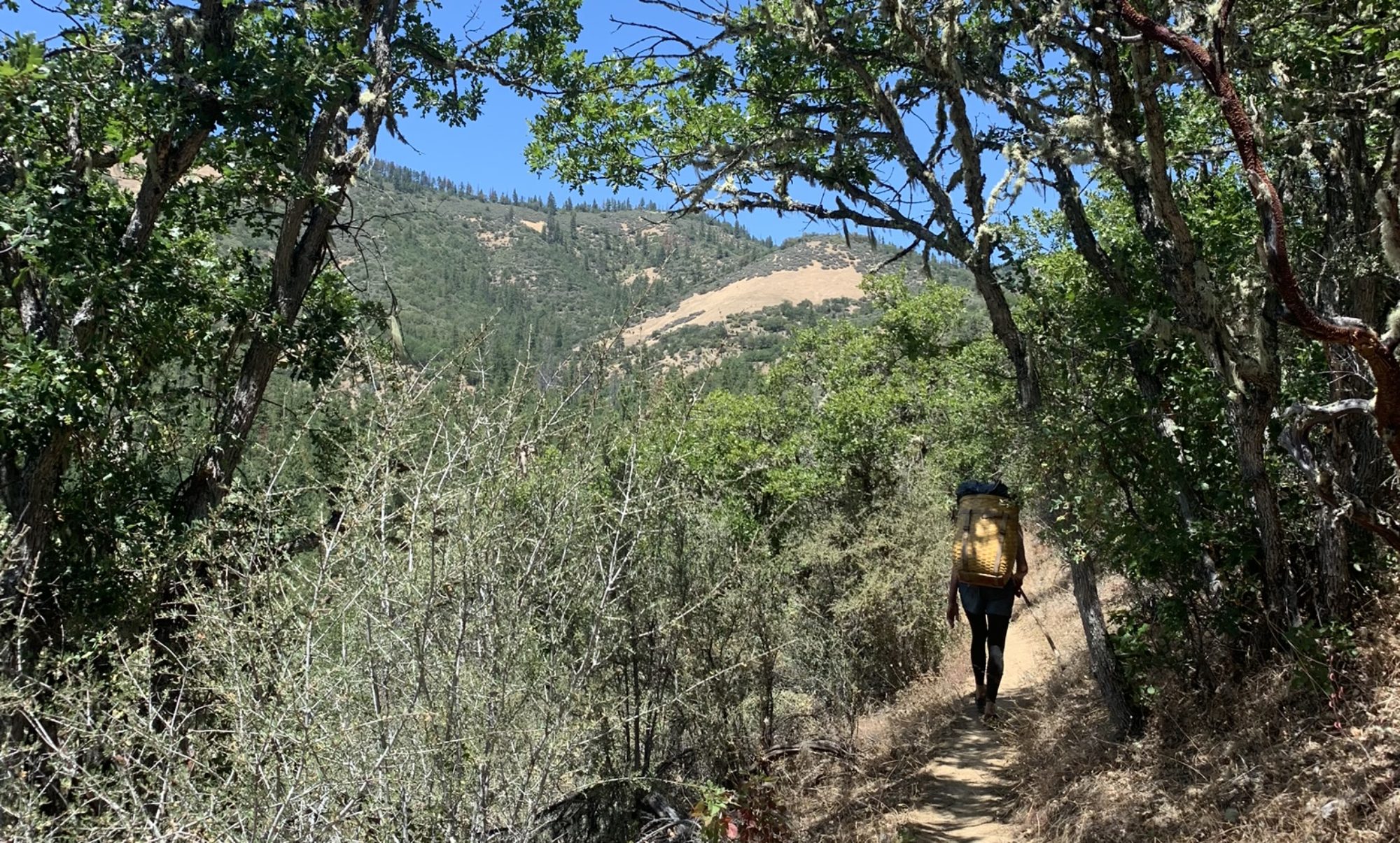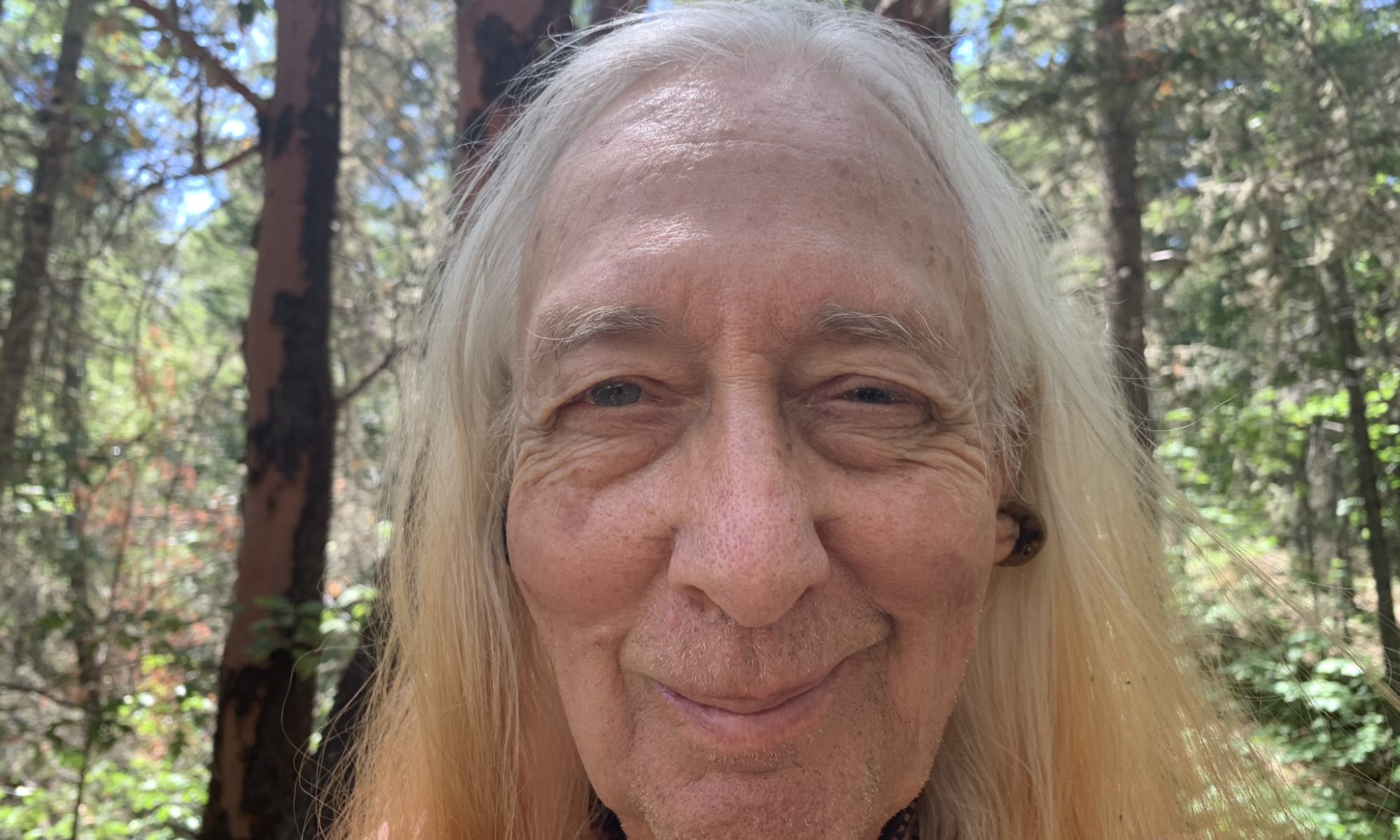Auntie Hazel was raised in a small village in South Glens Falls in upstate New York, in the remnants of Plain-Clothes Plain-Speech farmer culture. Hazel’s people had lost their farms, and became factory workers. Hazel’s Mother was a birth-right Friend, the Quakers on her side go back at least 15 generations. Hazel’s Father comes from Old Colonizer stock in upstate New York, that side of the family has roots back to the Dutch colonies and has many connections to militarism, and the settlement of the West. Auntie Hazel was also raised in traditional Algonquin ways through influences in her family’s line that is untraceable.
Hazel participated in the Quaker Medical relief efforts sending supplies and aid to Vietnam and was forced to leave her traditional Adirondacks and flee as a political refugee to the Bay Area in 1969.
Auntie Hazel was an Agriculture Instructor at DQ University in the Mid 80’s which was at the time the only multi-tribal institution of higher learning on the planet. She has also taught at Laney College in Oakland CA., at Thlolego Learning Centre in South Africa and many other institutes and communities over her years in the field. She is a graduate of the New York College of Forestry and holds 2 bachelors of science degrees, one in forestry and one in systematic botany.
Hazel is also the Author of Greenward Ho, and a forthcoming book on Social Forestry. She was also invited to help Bill Mollison teach the first Permaculture Design Course on the West Coast in 1982 at Evergreen State College. Hazel helped create the foundation for the permaculture curriculum now used in the United States. Some of Hazel’s students include Toby Hemmingway, Diane Leaf Christian, and Penny Livingston.
Auntie Hazel is currently the cottager forester at Wolf Gulch Ranch, in the Little Applegate Canyon of the Siskiyou Mountains, Dakubutede Territory, working to restore the Pine Oak Savana, via traditional wild-tending and reducing excessive fuel hazards, to return fire to the land, to support the return of salmon to the river and beaver to the headwaters.

